Japandi Furniture Trends for 4-Room Flats: Embrace Serenity and Functionality
Table Of Contents
- Introduction to Japandi Style
- The Evolution of Japandi Design for 2025
- Living Room Trends: Balanced Minimalism
- Dining Area Solutions: Functional Elegance
- Bedroom Sanctuaries: Calm and Comfort
- Study Space Integration: Mindful Productivity
- Materials and Textures: Natural Sophistication
- Space Optimization Strategies for 4-Room Flats
- Sustainability: Core to Modern Japandi
- Completing the Look: Japandi Accessories
- Conclusion
The Japandi aesthetic has evolved from a fleeting trend to a definitive design movement, particularly well-suited for Singapore's 4-room flats where space optimization meets stylistic expression. This harmonious fusion of Japanese minimalism and Scandinavian functionality creates living environments that feel both serene and purposeful—exactly what homeowners seek in today's fast-paced urban landscape.
As we look toward 2025, the Japandi style continues to refine itself, offering fresh interpretations that respect its foundational principles while adapting to contemporary living needs. For 4-room flat owners, this design philosophy provides the perfect framework for creating homes that feel spacious, organized, and profoundly peaceful.
In this comprehensive guide, we'll explore how emerging Japandi furniture trends can transform each room of a standard 4-room flat, addressing the unique spatial considerations while delivering the aesthetic harmony this style promises. From multifunctional living room arrangements to tranquil bedroom sanctuaries, discover how the latest Japandi innovations can elevate your home to new heights of sophisticated simplicity.
The Evolution of Japandi Design for 2025
The Japandi aesthetic continues to evolve, with 2025 bringing subtle yet significant shifts in its expression. While the core philosophy remains anchored in minimalism, functionality, and natural materials, the upcoming trends show a more nuanced approach to this beloved style.
The original Japandi concept emerged as a marriage between Japanese wabi-sabi (finding beauty in imperfection) and Scandinavian hygge (creating comfort and contentment). For 2025, we're seeing a more sophisticated interpretation that embraces asymmetry, artisanal craftsmanship, and deeper connections to nature—all while maintaining the clean lines and uncluttered spaces that define the style.
For 4-room flat owners in Singapore, this evolution represents an opportunity to create homes that feel both timeless and contemporary. The new Japandi isn't about stark minimalism but rather thoughtful curation—selecting fewer but more meaningful furniture pieces that serve both functional and aesthetic purposes.
What's particularly notable in the 2025 forecast is how Japandi is responding to post-pandemic realities. Home spaces now need to be more adaptable and multifunctional than ever before, and the Japandi approach—with its emphasis on purposeful design—offers elegant solutions for these modern challenges.
Living Room Trends: Balanced Minimalism
The living room in a 4-room flat typically serves as the heart of the home, and 2025 Japandi trends offer thoughtful approaches to maximize both functionality and aesthetic appeal in this central space.
Low-Profile Seating Arrangements
Lower seating heights continue to dominate Japandi living rooms, creating an immediate sense of spaciousness and calm. For 2025, we're seeing a preference for Japandi sofas that sit closer to the ground while offering enhanced comfort through deeper seating and thoughtfully angled backrests.
The new generation of Japandi 3-seater sofas features clean, horizontal lines with subtle organic curves that soften the overall look. Upholstery choices lean toward textured neutrals—oatmeal, stone, and muted sage—with performance fabrics that combine practicality with a natural aesthetic.
Many new designs incorporate hidden functionality, such as discreet storage compartments within sofa arms or modular components that can be reconfigured as needed. This adaptability is particularly valuable in 4-room flats where entertaining needs may change frequently.
Multifunctional Coffee Tables
The humble coffee table receives a significant upgrade in 2025 Japandi design. Moving beyond simple surfaces, the latest coffee tables incorporate thoughtful functionality without sacrificing aesthetic minimalism.
Look for tables with discrete storage compartments, adjustable heights, or modular components that can be separated for flexible use throughout the living space. Materials continue to favor natural wood, particularly those with visible grain patterns that add visual warmth and texture to the room.
A striking trend is the emergence of asymmetrical and organic-shaped coffee tables that introduce a subtle element of wabi-sabi into the otherwise geometric Japandi aesthetic. These pieces often feature combinations of materials—a wood top with thin metal legs, or travertine stone surfaces paired with wooden bases—creating visual interest while maintaining the characteristic Japandi restraint.
Integrated Media Solutions
Entertainment centers are reimagined for 2025, with TV consoles that prioritize clean sightlines and cable management. The newest Japandi designs treat technology as an element to be thoughtfully incorporated rather than highlighted or hidden entirely.
Floating console designs are particularly popular for 4-room flats, creating a sense of spaciousness by keeping floor areas clear. These wall-mounted units often feature a mix of open and closed storage, allowing for both display of curated objects and concealment of less attractive media components.
For those preferring floor-standing options, low-profile consoles with sliding wood panels allow for a clean appearance when the television isn't in use. The emphasis remains on quality materials and craftsmanship, with joinery details often becoming subtle design features in their own right.
Dining Area Solutions: Functional Elegance
In 4-room flats, the dining area often needs to balance space constraints with the desire for a proper eating and gathering space. Japandi designs for 2025 address this challenge with innovative approaches that don't compromise on style or function.
Space-Conscious Table Designs
The latest dining tables for Japandi interiors favor clean silhouettes with thoughtful proportions specifically suited to 4-room flat dimensions. Round and oval tables continue to gain popularity as they eliminate sharp corners in tight spaces while facilitating conversation.
Extendable designs see significant innovation in 2025, with mechanisms becoming more streamlined and intuitive. When not extended, these tables maintain the minimalist aesthetic essential to Japandi style, with expansion capabilities discreetly integrated into the design rather than appearing as an afterthought.
Materials for dining tables continue to emphasize natural wood, particularly oak, walnut, and ash with matte finishes that highlight rather than obscure the grain pattern. For a contemporary edge, some designs pair wood tops with slender metal bases in matte black or brushed brass.
Mixed Seating Arrangements
The traditional matching dining set gives way to more eclectic yet cohesive seating arrangements. A popular configuration pairs a dining bench on one side with individual dining chairs on the other, creating visual interest while maximizing seating capacity.
For 2025, dining chairs in Japandi interiors feature refined silhouettes with subtle organic curves. Backrests are often slightly angled for comfort while maintaining a visual lightness. Upholstered options use textured fabrics in neutral tones, while all-wood chairs showcase exceptional craftsmanship with special attention to joint details.
To maintain the essential Japandi balance, these mixed seating arrangements still adhere to a cohesive material and color palette, creating harmony despite the variation in form. This approach is particularly effective in 4-room flats, where the dining area is often visible from the living space.
Bedroom Sanctuaries: Calm and Comfort
The Japandi bedroom embraces an atmosphere of tranquil simplicity, serving as a true sanctuary from external stimulation. For 4-room flats where bedrooms may not be expansive, the 2025 trends focus on quality over quantity and thoughtful space utilization.
Platform Bed Innovations
The platform bed remains a cornerstone of Japandi bedroom design, but 2025 brings refined versions that enhance both function and form. New bed frames feature slightly elevated platforms with integrated nightstand elements that extend from the bed base, creating a cohesive unit that maximizes floor space.
Storage integration becomes more sophisticated, with hydraulic lifting mechanisms providing access to under-bed storage without disrupting the clean aesthetic. Headboards, when present, are minimalist in design—often a simple wood panel with subtle details like rounded edges or natural finish variations.
For smaller bedrooms in 4-room flats, floating bed frames create the illusion of more space while maintaining the low-profile aesthetic characteristic of Japandi design. These designs often incorporate subtle LED lighting beneath the frame, adding a functional ambient light source that enhances the room's serene atmosphere.
Streamlined Storage Solutions
Recognizing the storage challenges in standard 4-room flat bedrooms, 2025 Japandi wardrobes and storage units emphasize vertical space utilization while maintaining visual lightness. Wardrobes feature floor-to-ceiling designs with minimalist hardware or push-to-open mechanisms that eliminate visual clutter.
A notable trend is the integration of sliding doors, often with natural reed panels or frosted glass inserts that add textural interest while keeping contents discreetly hidden. These doors require less clearance space than traditional hinged versions, making them ideal for more compact bedrooms.
For additional storage, chest of drawers designs focus on quality craftsmanship with attention to detail in joinery and handles. Many feature slightly tapered legs that create a sense of lightness despite the substantial storage capacity.
Study Space Integration: Mindful Productivity
With hybrid work arrangements becoming the norm, dedicated yet harmonious home office spaces remain essential in 4-room flats. The 2025 Japandi approach to study spaces emphasizes mindful productivity—creating environments that support focus without dominating the home atmosphere.
Minimalist Desk Designs
The cornerstone of any study area, study tables in 2025 Japandi interiors feature clean lines with thoughtful functional details. Surfaces are generous but not overwhelming, often with built-in cable management solutions that maintain visual order.
For 4-room flats where a dedicated study room might not be possible, we see an increase in adaptable desk designs that can be partially folded when not in use or integrated into other furniture pieces like shelving units. These designs maintain the characteristic Japandi quality and aesthetic while acknowledging space limitations.
Materials continue to favor natural wood with clear finishes that highlight the grain, though we're seeing increased use of composite materials that pair wood elements with matte black metal accents for a contemporary edge.
Ergonomic Seating with Style
Recognizing that comfort is essential for productivity, Japandi office chairs for 2025 balance ergonomic support with aesthetic restraint. The new designs avoid the overly technical appearance of traditional office chairs while providing proper back support and adjustability.
Natural materials like bent wood and woven elements feature prominently, often combined with minimal upholstery in textured neutral fabrics. The silhouettes remain light and sculptural, ensuring these functional pieces contribute positively to the overall room design rather than appearing as utilitarian intrusions.
For spaces that need to serve multiple functions, we see an increase in multifunctional seating that works appropriately at a desk but doesn't look out of place when repurposed for other activities.
Materials and Textures: Natural Sophistication
The material palette for 2025 Japandi furniture reflects a deepening appreciation for natural elements and tactile experiences, with an increased emphasis on sustainability and authenticity.
Timber Variations
Wood remains the defining material of Japandi design, but 2025 brings a broader exploration of timber varieties beyond the traditional oak and walnut. Lighter woods like ash and maple gain prominence, often with minimal treatment to preserve their natural character and coloration.
Techniques that highlight natural wood features—such as book matching grain patterns or preserving live edges on selected elements—add subtle visual interest while honoring the material's inherent beauty. Finishes trend toward ultra-matte, creating surfaces that invite touch and reveal the wood's natural texture.
An emerging trend is the thoughtful use of wood with provenance—whether reclaimed from historic structures or sourced from managed local forests—adding narrative depth to furniture pieces while aligning with the sustainability values inherent in Japandi philosophy.
Complementary Materials
While wood forms the foundation, 2025 Japandi furniture incorporates complementary materials that add dimension without disrupting the overall harmony. Natural stone, particularly travertine with its subtle texture variations, appears as table tops and accent elements.
Woven elements using natural fibers like rattan, jute, and seagrass bring textural warmth to furniture pieces, appearing in chair seats, cabinet fronts, and decorative details. The craftsmanship in these elements is exceptional, elevating them from mere functional components to features worthy of attention.
Metal elements, when used, favor warm tones like brushed brass and bronze, or matte black finishes that recede visually while providing structural support. These are typically used sparingly as slender legs, handles, or subtle accents that contrast with and highlight the dominant wood elements.
Space Optimization Strategies for 4-Room Flats
The standard Singapore 4-room flat presents specific spatial challenges that 2025 Japandi furniture trends address with innovative yet aesthetically consistent solutions.
Multifunctional Furniture Systems
Beyond individual pieces with dual purposes, we're seeing the emergence of holistic furniture systems designed to adapt to changing needs throughout the day. These might include modular sofa beds with integrated side tables that can transform from daytime seating to guest accommodations, or dining tables with adjustable heights that serve as work surfaces during the day.
What distinguishes the 2025 approach is how seamlessly these transformations occur—without compromising the furniture's aesthetic integrity or requiring complicated mechanisms that might fail over time. The emphasis remains on intuitive design that supports daily living while maintaining visual calm.
For 4-room flats where space must be optimized, these systems offer significant advantages without forcing residents to choose between function and beautiful design.
Vertical Space Utilization
With floor space at a premium in most 4-room flats, 2025 Japandi design makes thoughtful use of vertical dimensions. Wall-mounted shelving systems feature adjustable components that can be reconfigured as needs change, while maintaining a visually lightweight appearance through thoughtful proportions.
Room dividers serve dual functions, creating distinct zones while providing storage or display opportunities. These aren't the heavy room partitions of the past, but rather open, architectural elements that suggest spatial division without blocking light or sight lines—perfect for defining work areas within larger living spaces.
Even lighting is integrated into this vertical thinking, with wall-mounted fixtures and pendant lights that free up surface space while contributing to the room's design language through simple, geometric forms.
Sustainability: Core to Modern Japandi
Environmental consciousness has always been implicit in Japandi philosophy, with its emphasis on quality, longevity, and natural materials. For 2025, sustainability moves from background principle to foreground feature in furniture design.
Responsible Material Sourcing
Leading Japandi furniture for 2025 prominently features responsibly sourced materials, with manufacturers providing transparency about origins and production methods. Wood certification becomes standard, with preference given to timber from managed forests or reclaimed sources.
Beyond wood, we see increased use of rapidly renewable materials like bamboo and cork, integrated in ways that highlight their natural properties rather than disguising them to mimic other materials. These choices align perfectly with the Japandi appreciation for authentic material expression.
For 4-room flat owners concerned about environmental impact, these material choices offer reassurance that beautiful design doesn't have to come at the expense of ecological responsibility.
Circular Design Principles
The concept of furniture with a planned afterlife gains traction in 2025 Japandi design, with pieces created for eventual disassembly and material recovery. This doesn't mean disposable or temporary furniture, but rather high-quality pieces engineered for potential transformation or responsible recycling after many years of use.
Modular components that can be replaced individually rather than requiring whole-piece replacement represent another aspect of this trend. For example, sofa covers that can be removed and replaced, or table tops that can be refinished or exchanged while keeping the base.
These circular principles align perfectly with the Japandi ethos of mindful consumption and respect for resources, while offering practical benefits for apartment dwellers who appreciate adaptable furnishings.
Completing the Look: Japandi Accessories
While furniture forms the foundation of Japandi interiors, thoughtfully selected accessories provide the finishing touches that elevate a 4-room flat from simply furnished to truly designed.
Lighting as Sculpture
The 2025 approach to Japandi lighting treats fixtures as sculptural elements that contribute to the room's composition even when not illuminated. Paper lanterns evolve with contemporary materials that maintain their light-diffusing properties while offering greater durability.
Wood and natural fiber appear prominently in lamp designs, often with LED elements integrated in ways that create gentle, indirect illumination rather than harsh directional light. The emphasis remains on creating a warm, enveloping atmosphere that supports relaxation and wellbeing.
For 4-room flats where each space might serve multiple functions throughout the day, adjustable lighting becomes particularly important, with dimming capabilities and directional options that maintain the Japandi aesthetic.
Textiles and Soft Furnishings
Textiles for 2025 Japandi interiors feature natural fibers with subtle texture variations—linen, cotton, and wool in their most natural states. The color palette continues to favor neutrals but expands to include muted, earthy tones derived from natural dyes.
Rather than bold patterns, visual interest comes through textural contrasts—nubby cushions against smooth upholstery, or loosely woven throws draped over more structured furniture pieces. These elements add warmth and comfort without disrupting the visual calm.
For 4-room flats where acoustic considerations can be important, textiles play a dual role—softening both the visual and auditory environment through thoughtful placement of rugs, curtains, and soft furnishings.
Curated Objects and Art
The Japandi approach to decorative objects emphasizes quality over quantity, with carefully selected pieces that carry meaning or showcase exceptional craftsmanship. Ceramics in organic forms with textural glazes, handcrafted wooden objects, and modest-sized wall art with abstract natural motifs all contribute to the composed yet personal atmosphere.
Plants remain essential elements in Japandi interiors, with preference for architectural varieties displayed in simple ceramic or natural fiber containers. These living elements connect the interior to nature while improving air quality—particularly valuable in urban apartments.
The key principle for accessories in 2025 Japandi interiors is intentional selection—choosing fewer but more significant pieces that deserve their space in the carefully curated environment.
Conclusion
As we look toward 2025, Japandi design continues to evolve as a sophisticated response to contemporary living challenges, particularly well-suited to Singapore's 4-room flat layouts. This thoughtful fusion of Japanese and Scandinavian principles offers a pathway to creating homes that feel both serene and functional—spaces that support wellbeing through their balance, simplicity, and connection to natural elements.
What makes Japandi particularly relevant for today's homeowners is its emphasis on quality over quantity, its respect for natural materials, and its inherent sustainability. Rather than following fast-changing trends, investing in well-crafted Japandi furniture means creating a home that will remain relevant and beautiful for many years to come.
For 4-room flat owners looking to embrace this aesthetic, the key lies in thoughtful curation—selecting pieces that serve genuine needs while contributing to the overall harmony of your space. Each furniture choice should earn its place through a combination of functionality, beauty, and alignment with Japandi principles.
As the lines between home, work, and relaxation continue to blur, the Japandi approach offers a compelling vision for living spaces that can adapt to our changing needs while remaining true to core values of simplicity, quality, and connection to nature. By embracing these principles, your 4-room flat can become more than just a place to live—it can be a true sanctuary that supports your wellbeing on every level.
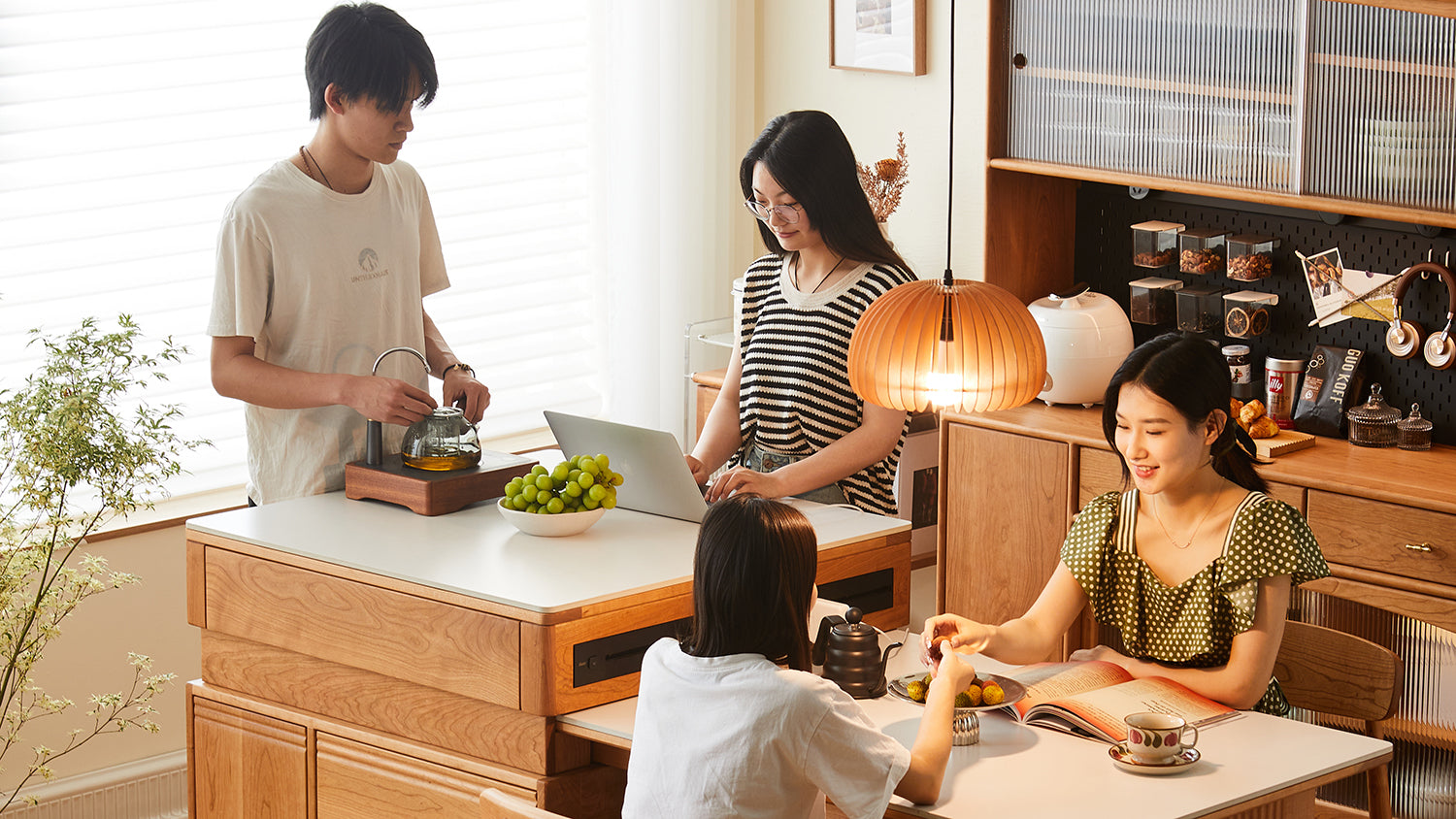

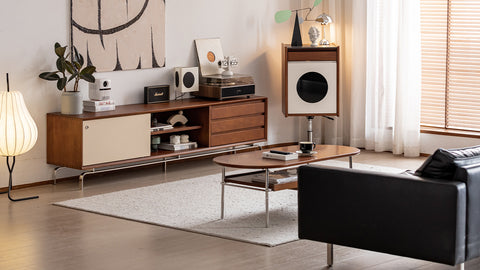
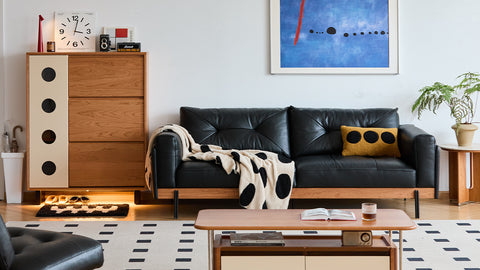
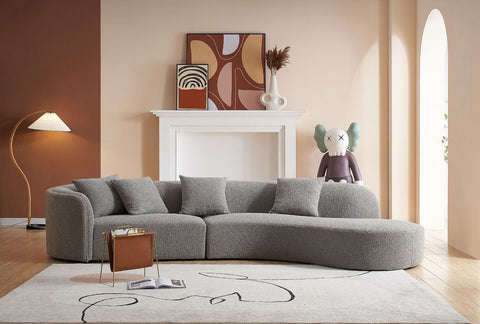
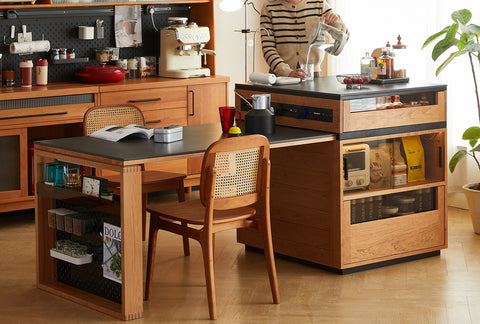
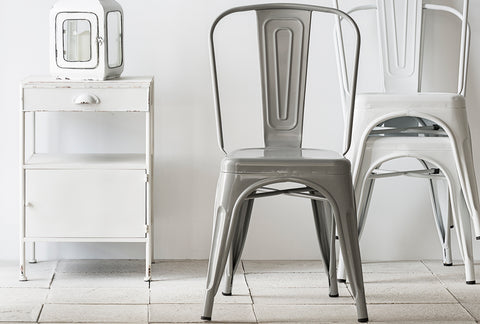
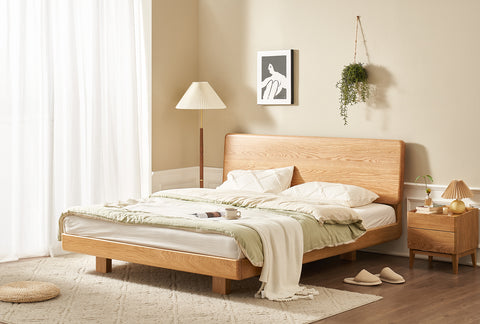
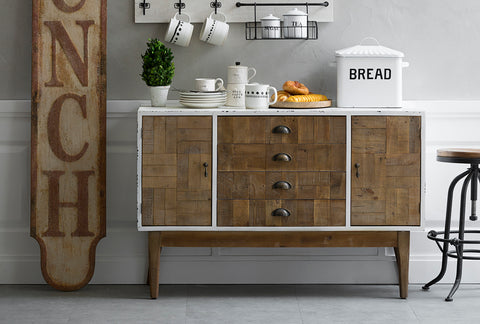




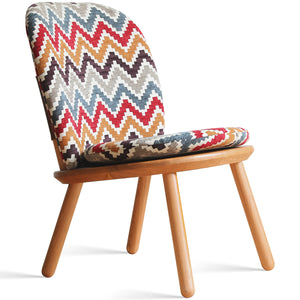
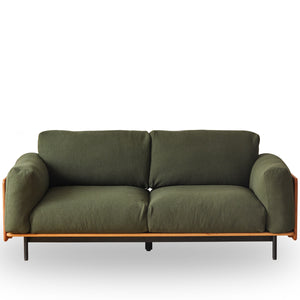

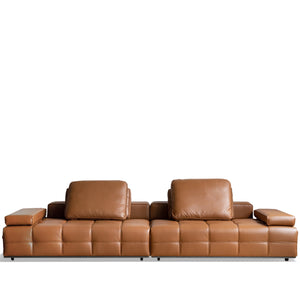
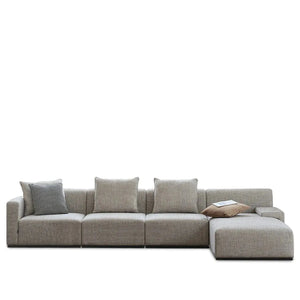
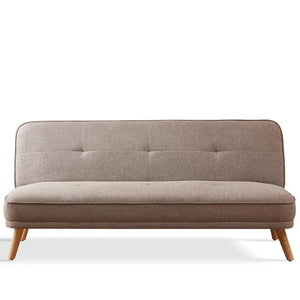
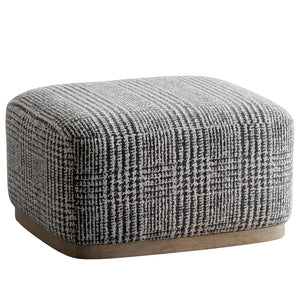

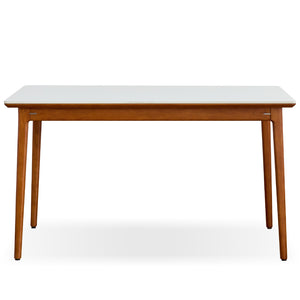

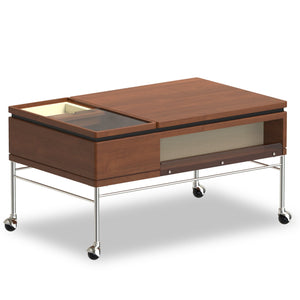
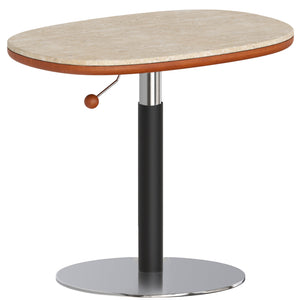
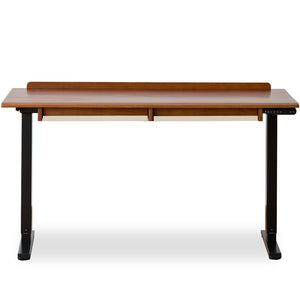


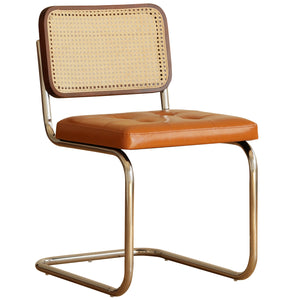
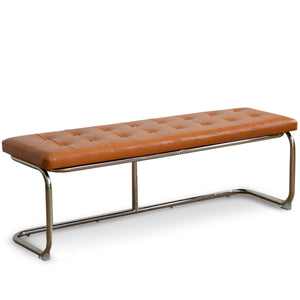
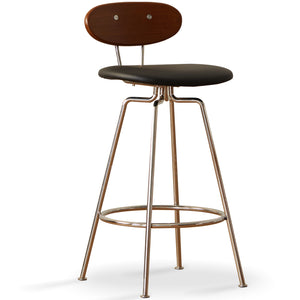
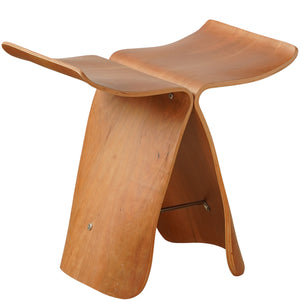
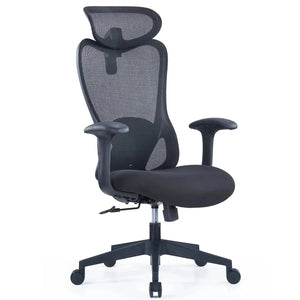

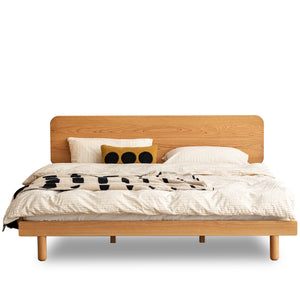


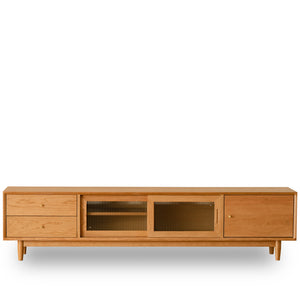
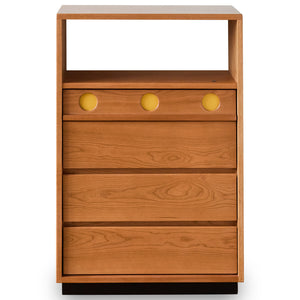
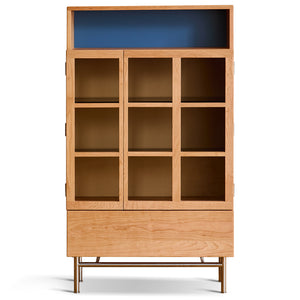

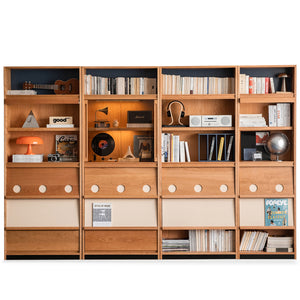


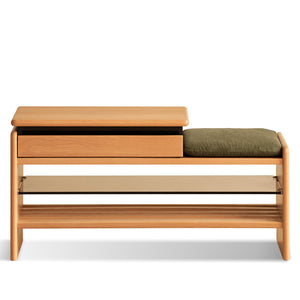
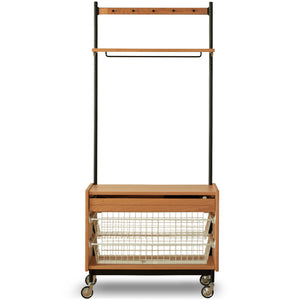
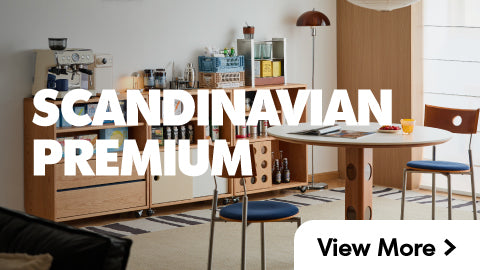





















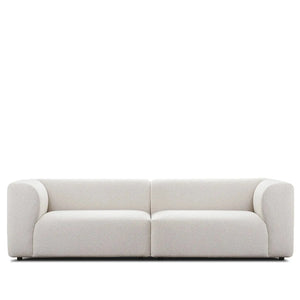





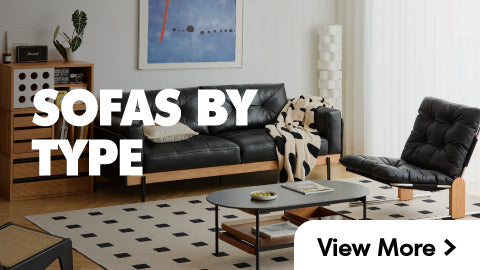
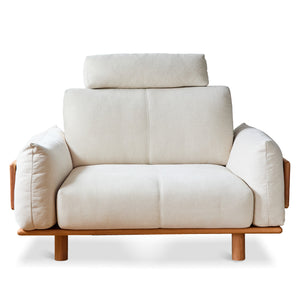
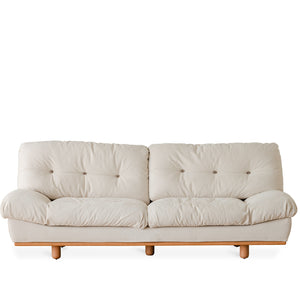
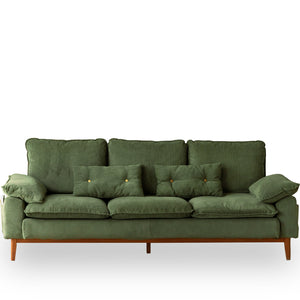
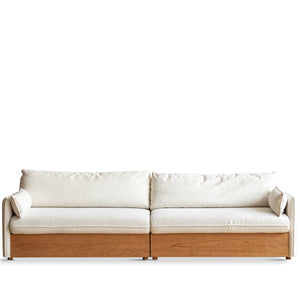
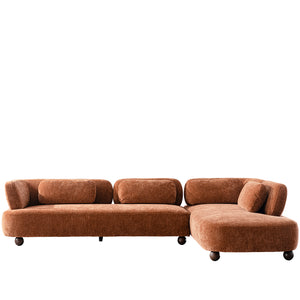
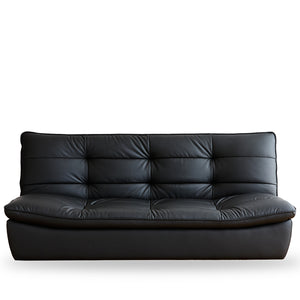


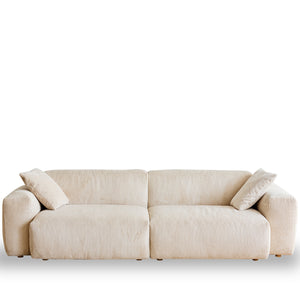

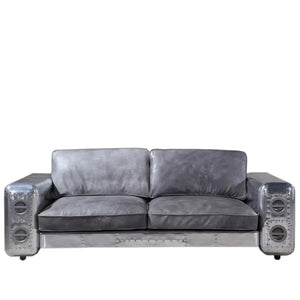
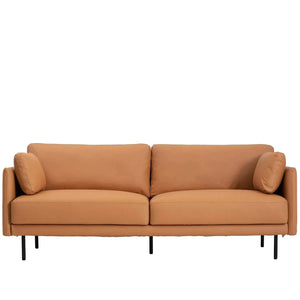
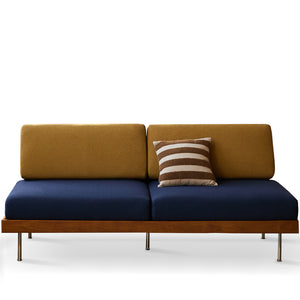



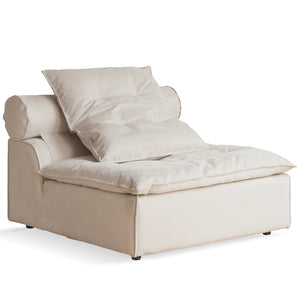
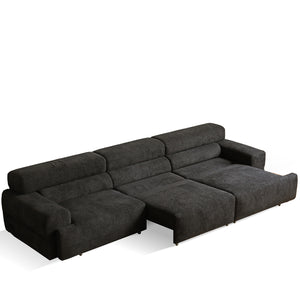
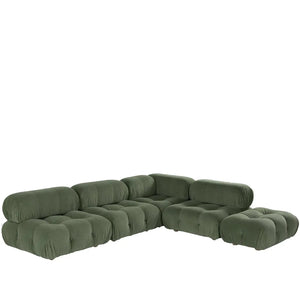
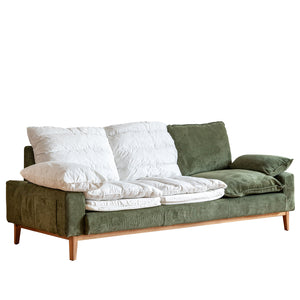
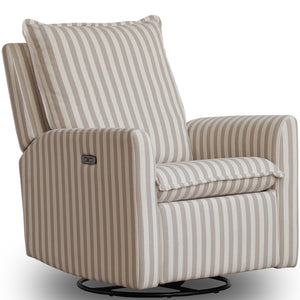
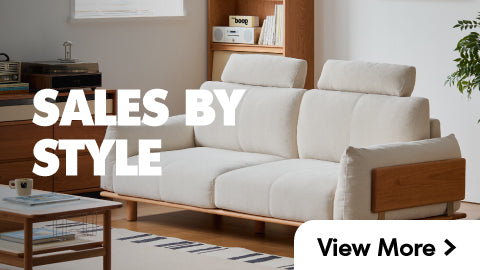
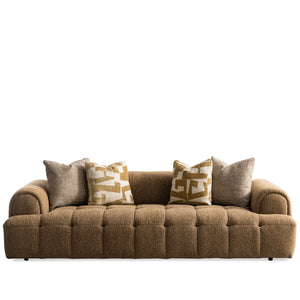
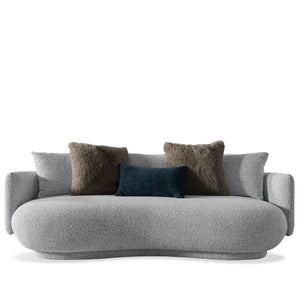

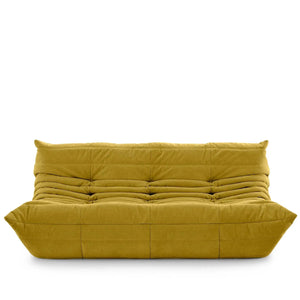
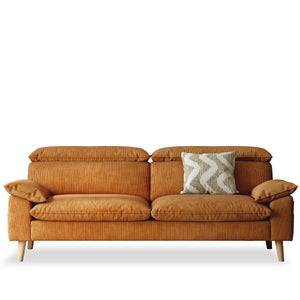
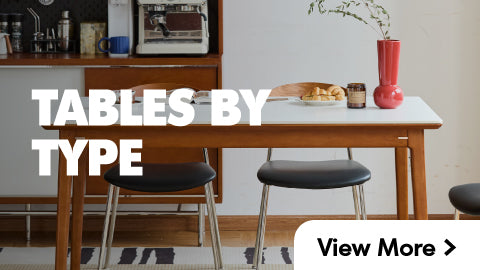

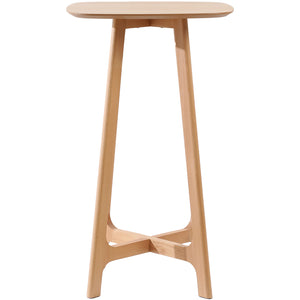
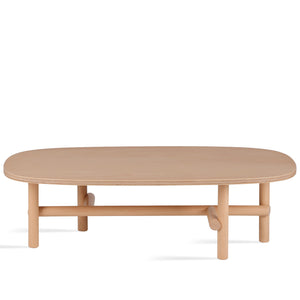
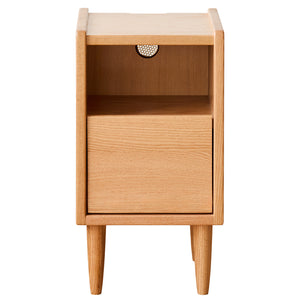
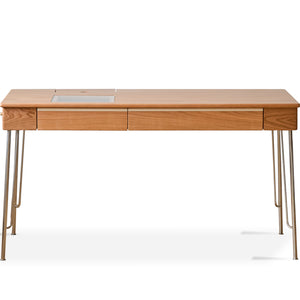
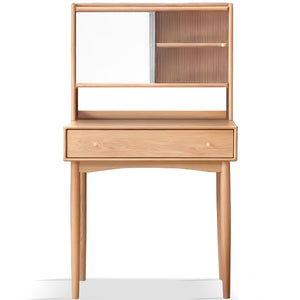


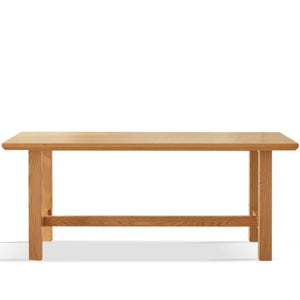
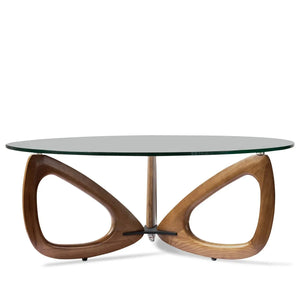

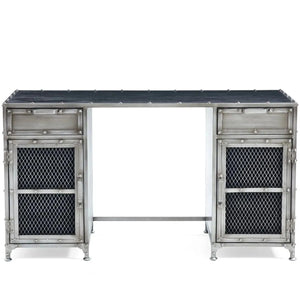
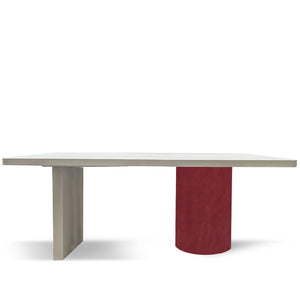

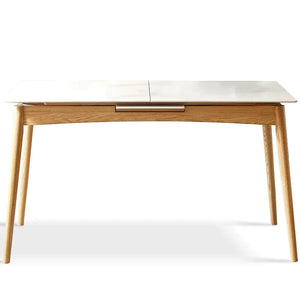
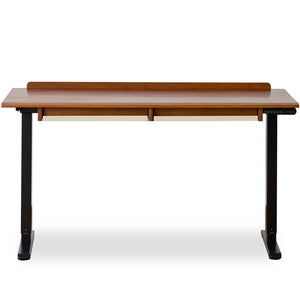
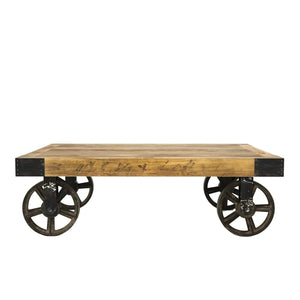
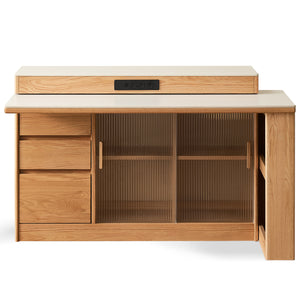
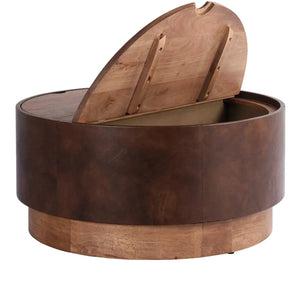
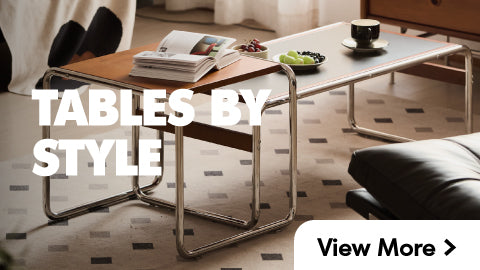
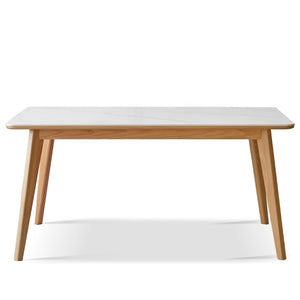
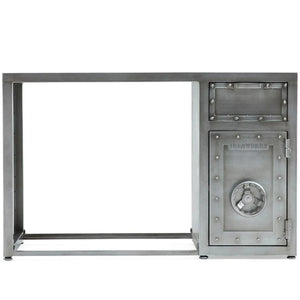
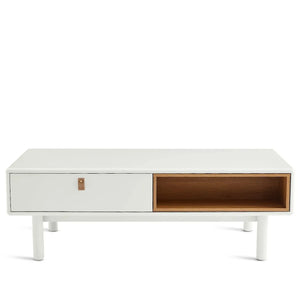
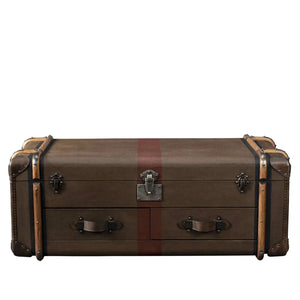
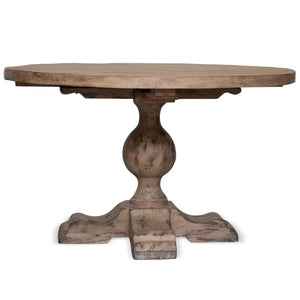

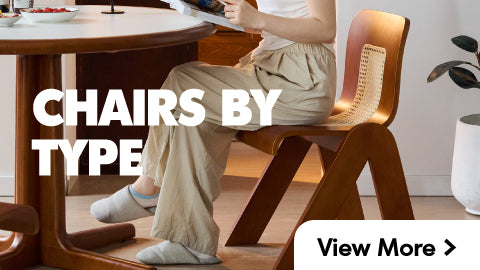
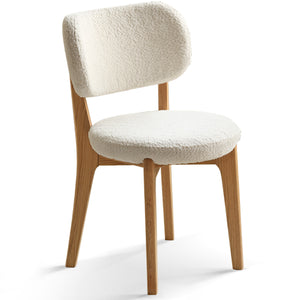
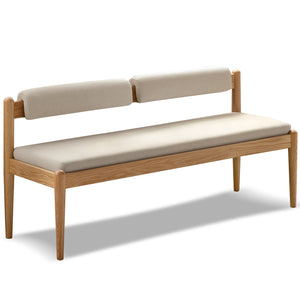
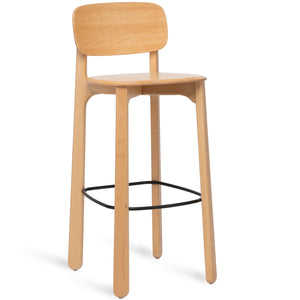
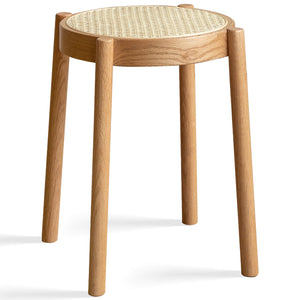
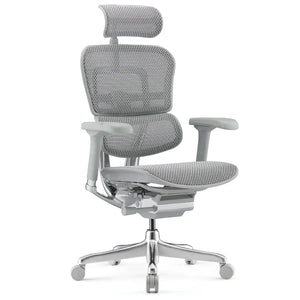
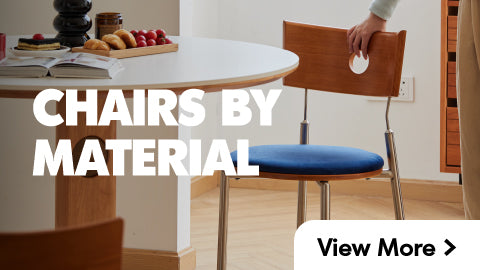
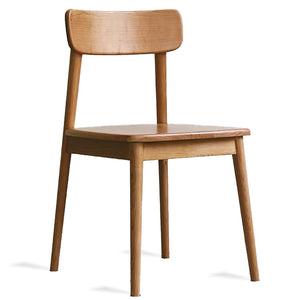
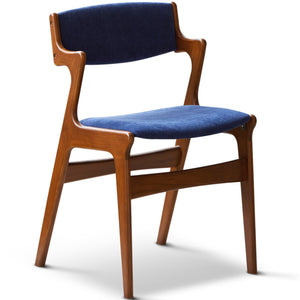

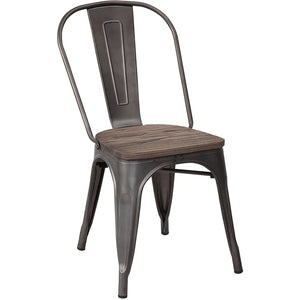
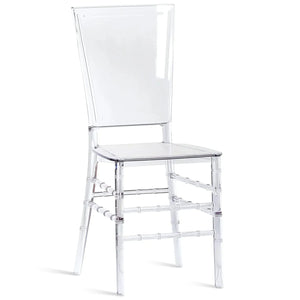
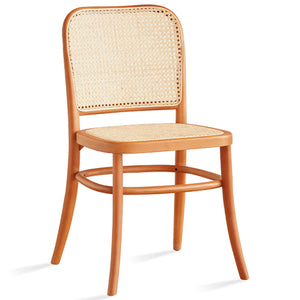
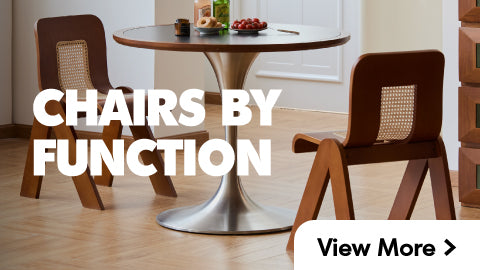


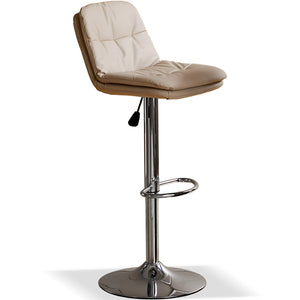

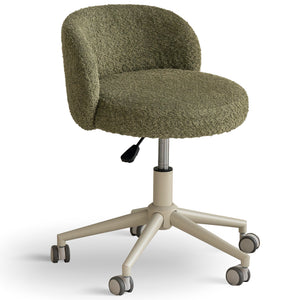
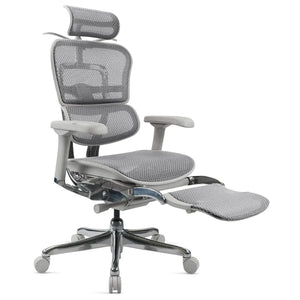
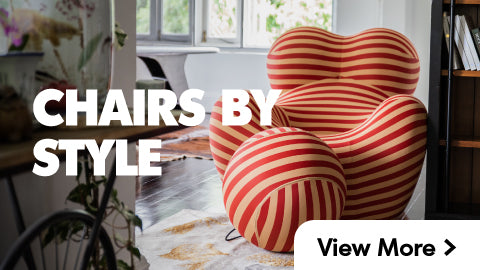
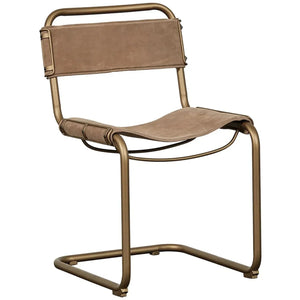
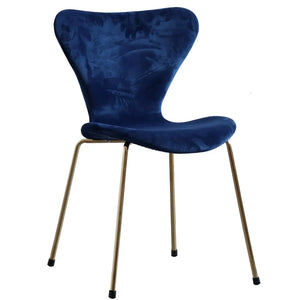
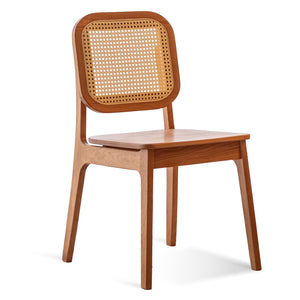
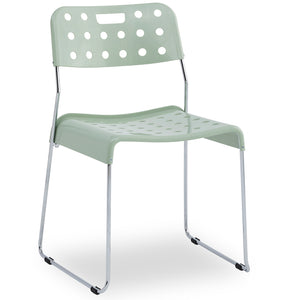
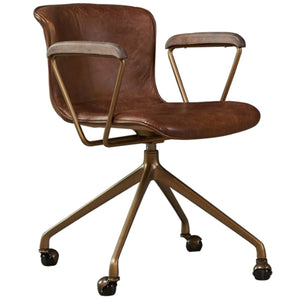


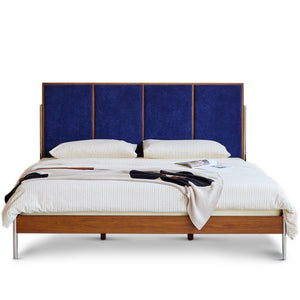

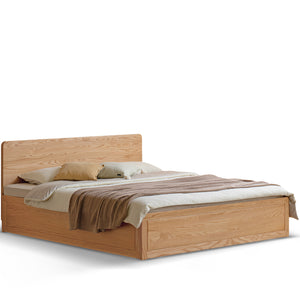
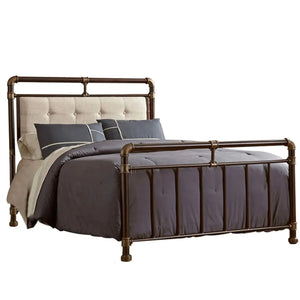
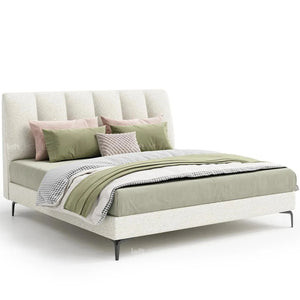
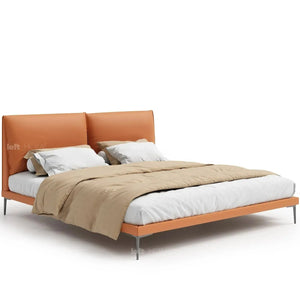
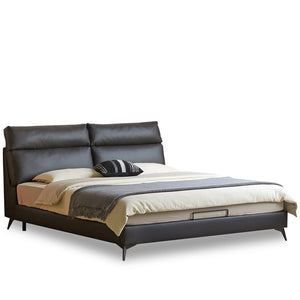
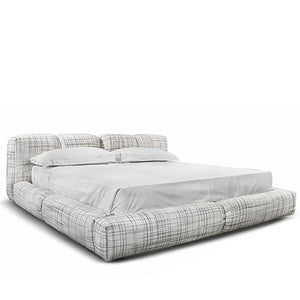

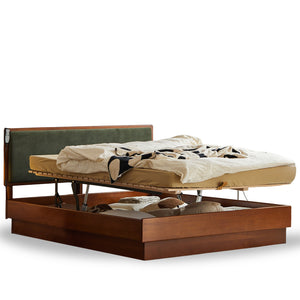
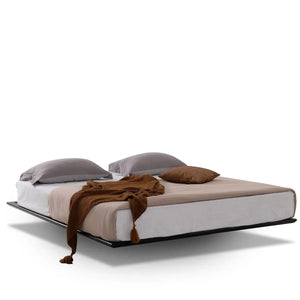
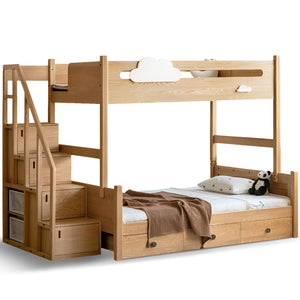
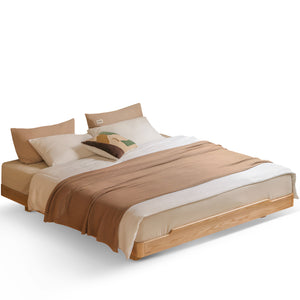

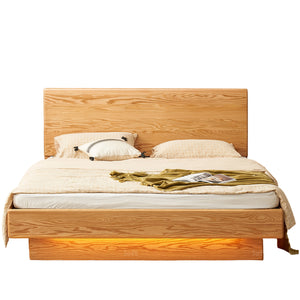

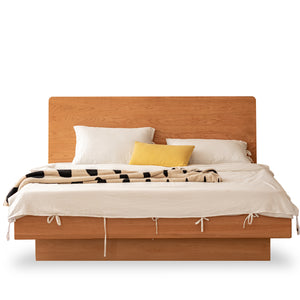
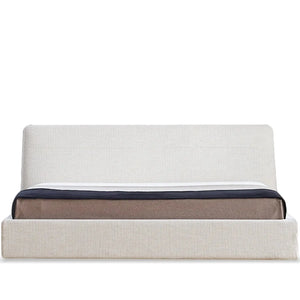


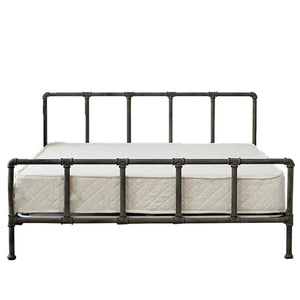

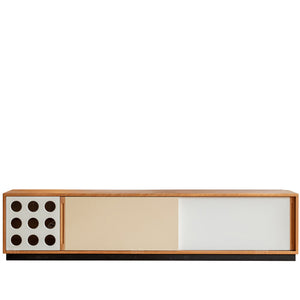

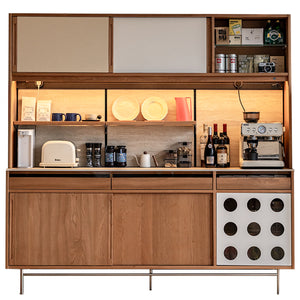
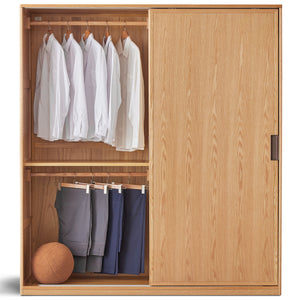
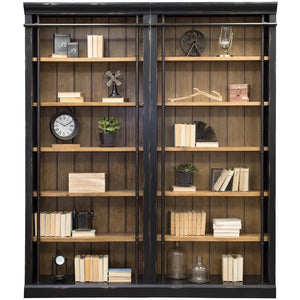
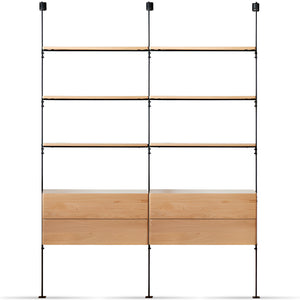
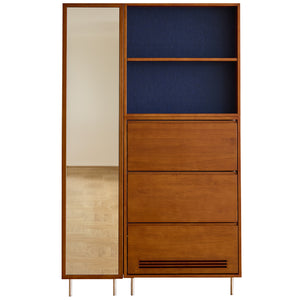
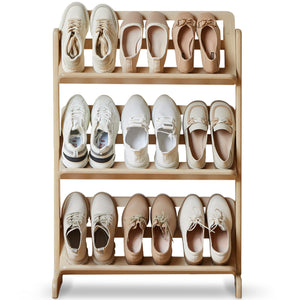
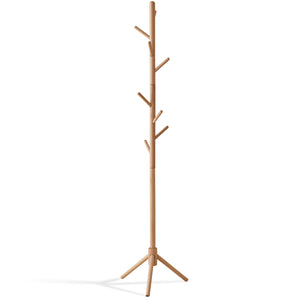

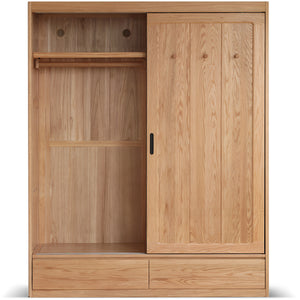
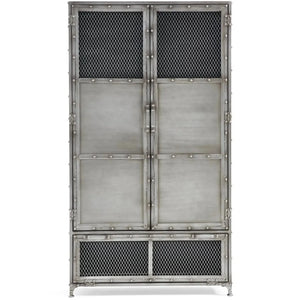
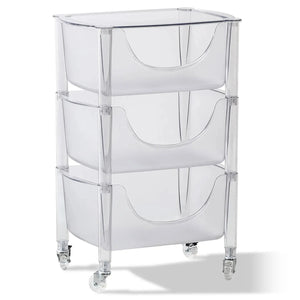

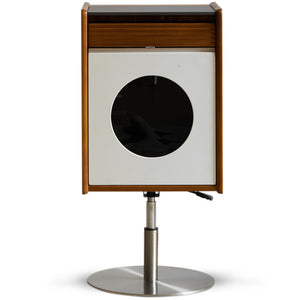
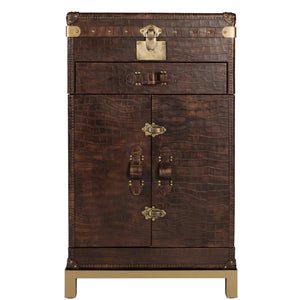


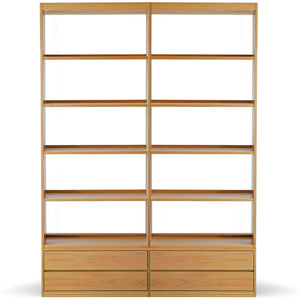
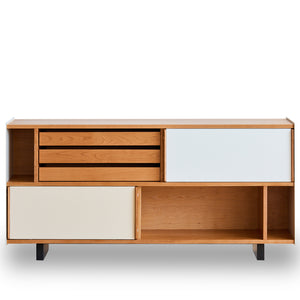
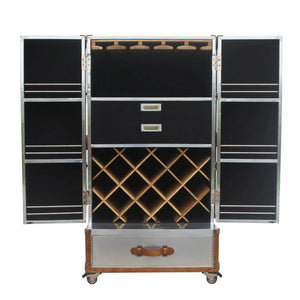
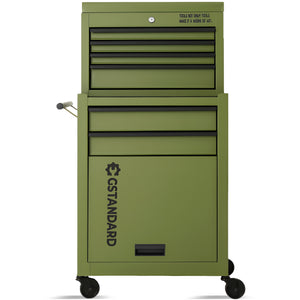
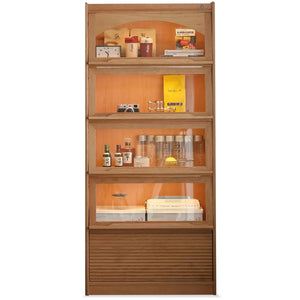

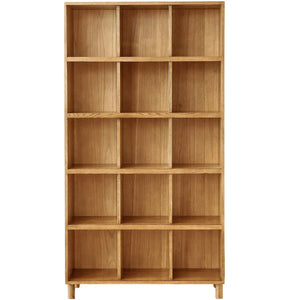
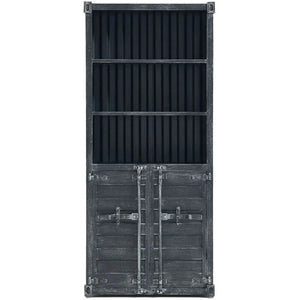
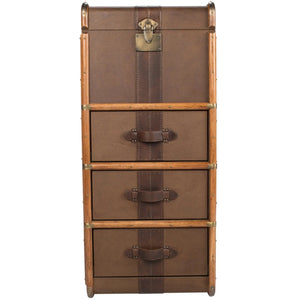
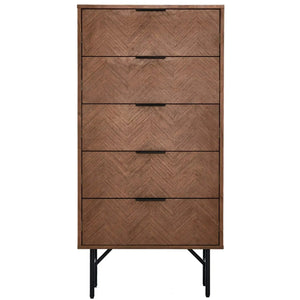
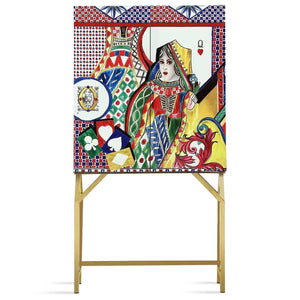
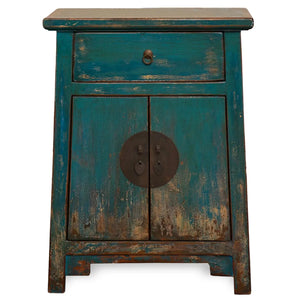


























































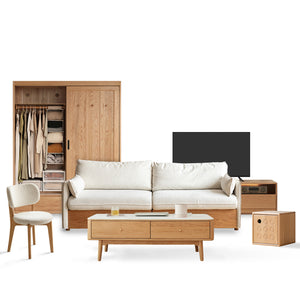
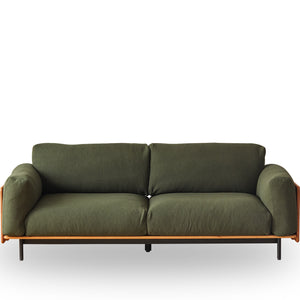
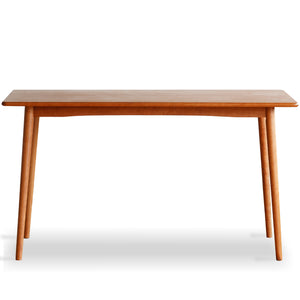
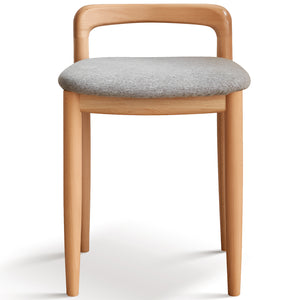
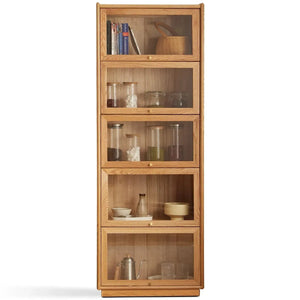
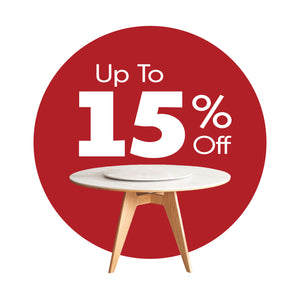


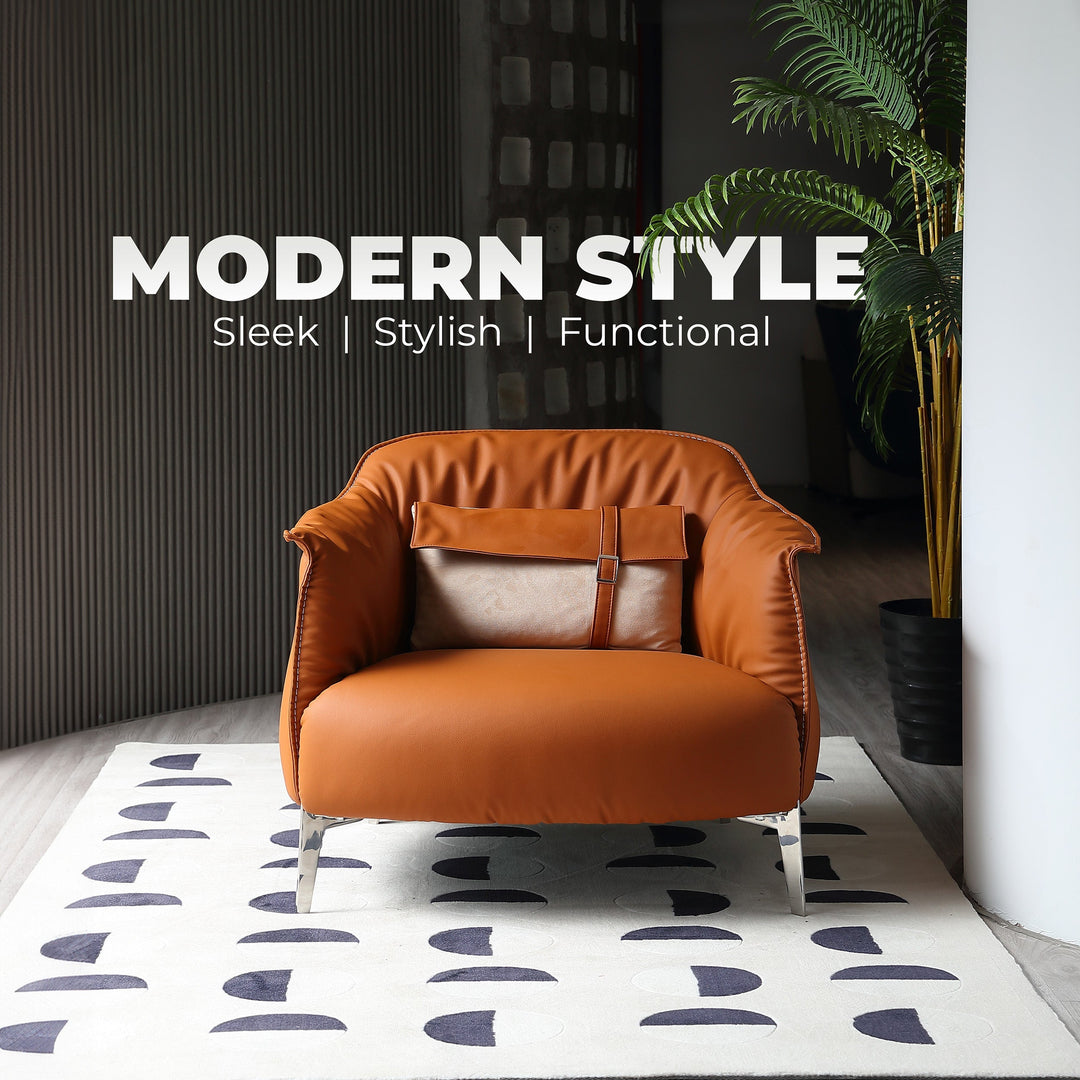
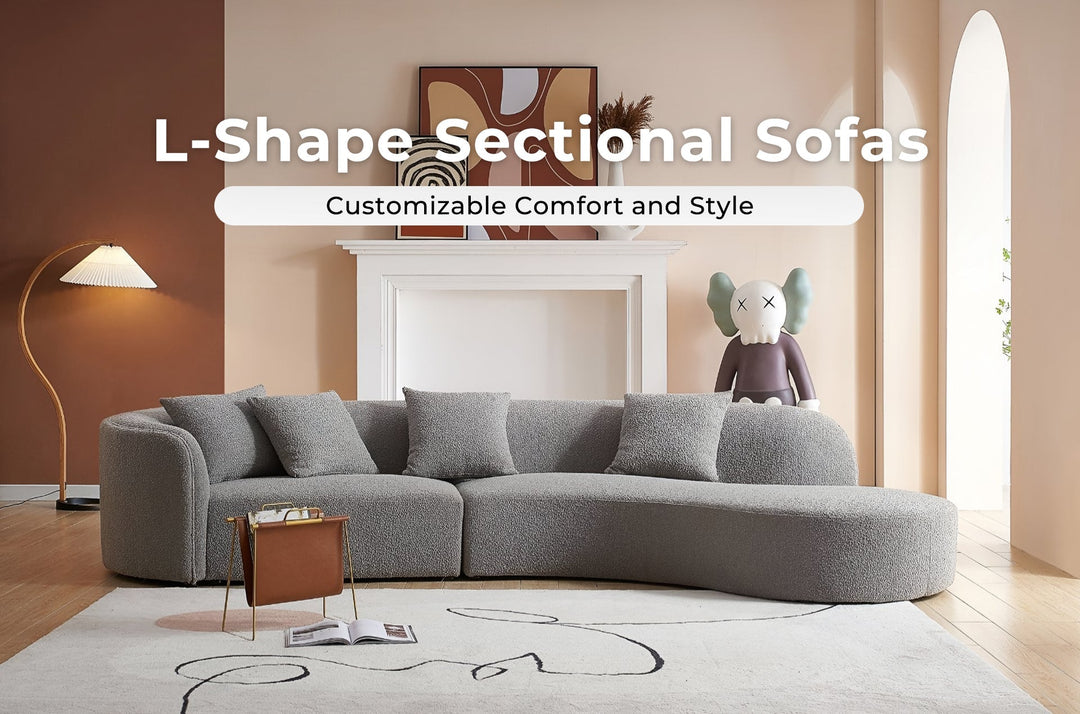

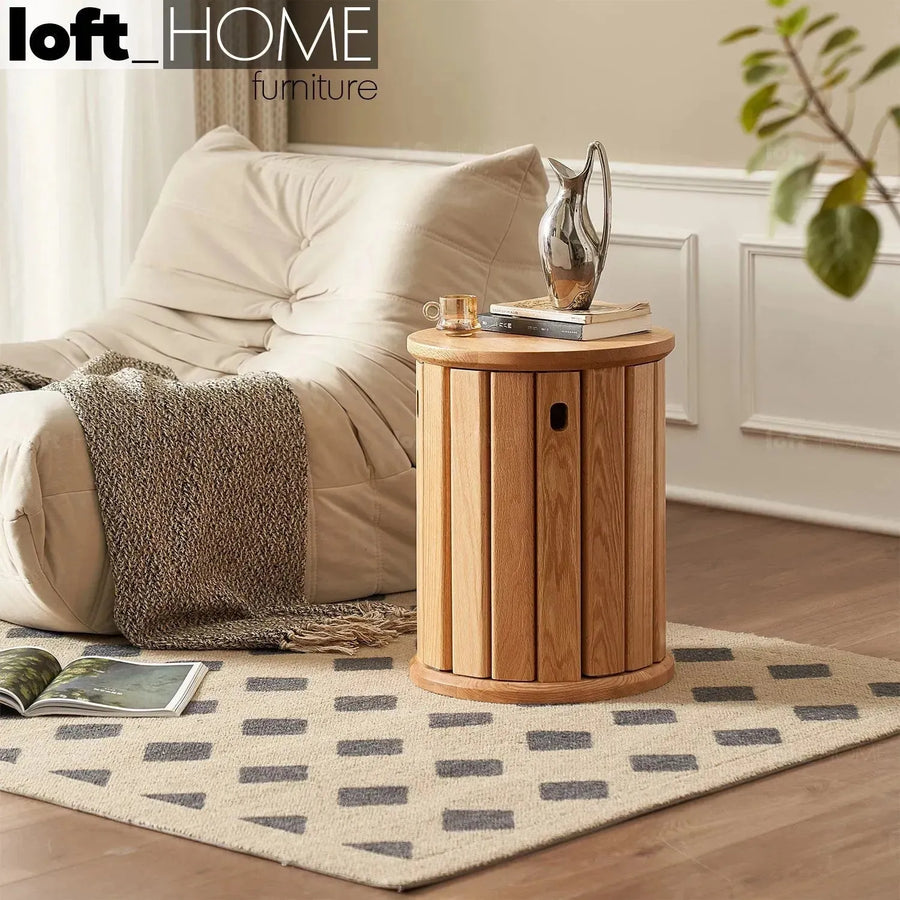
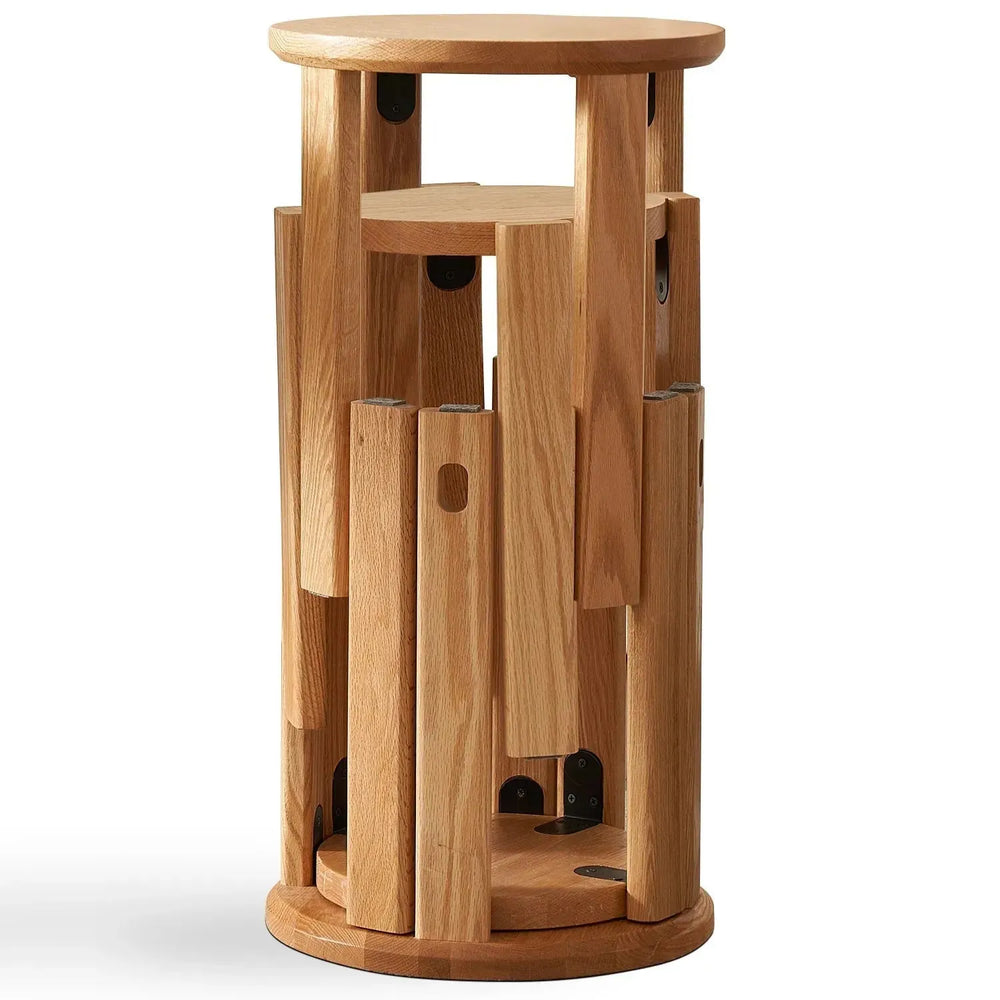


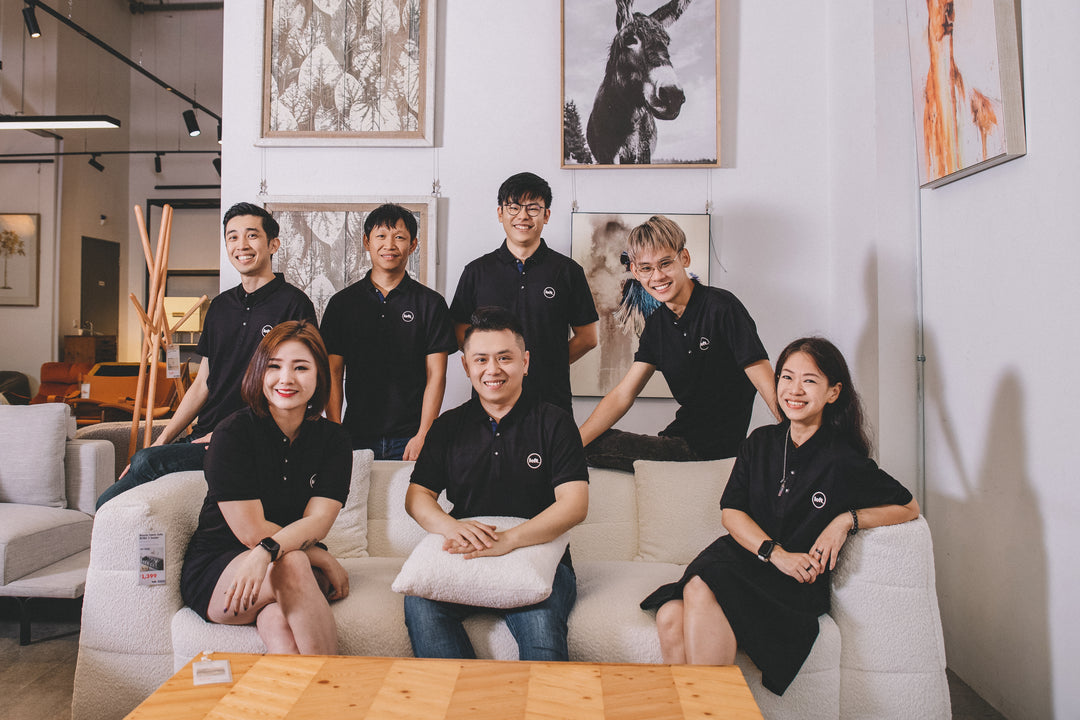
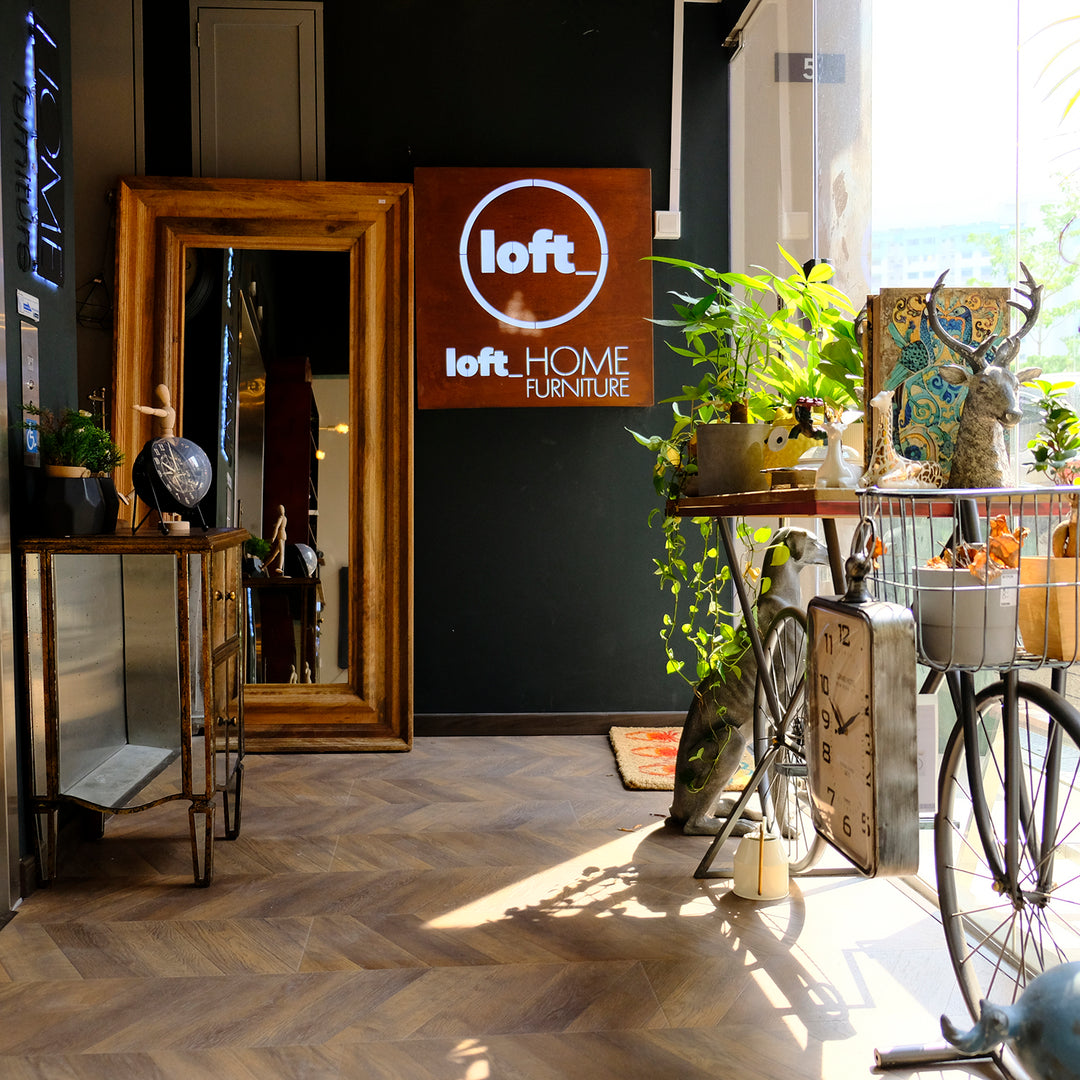
Leave a comment